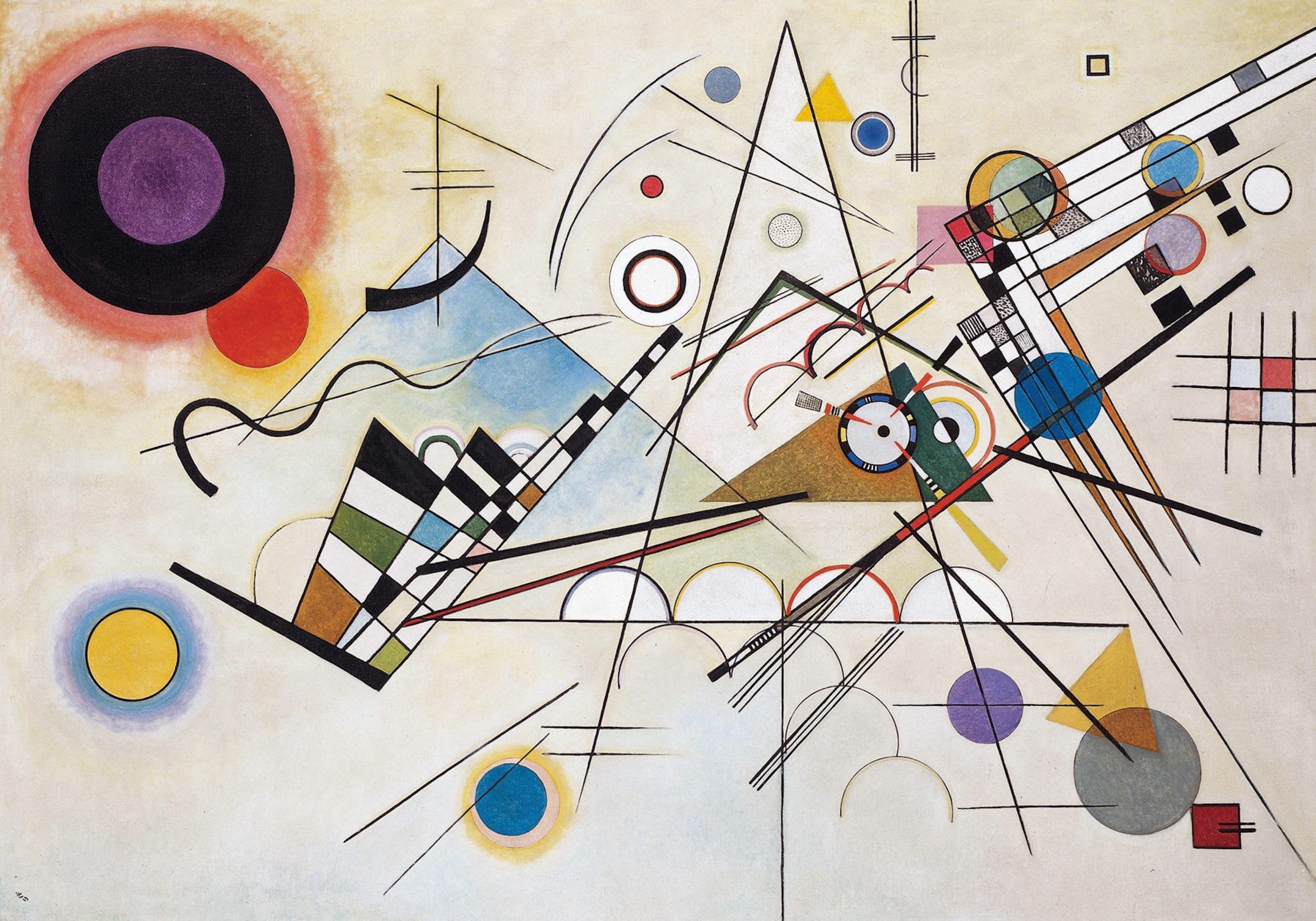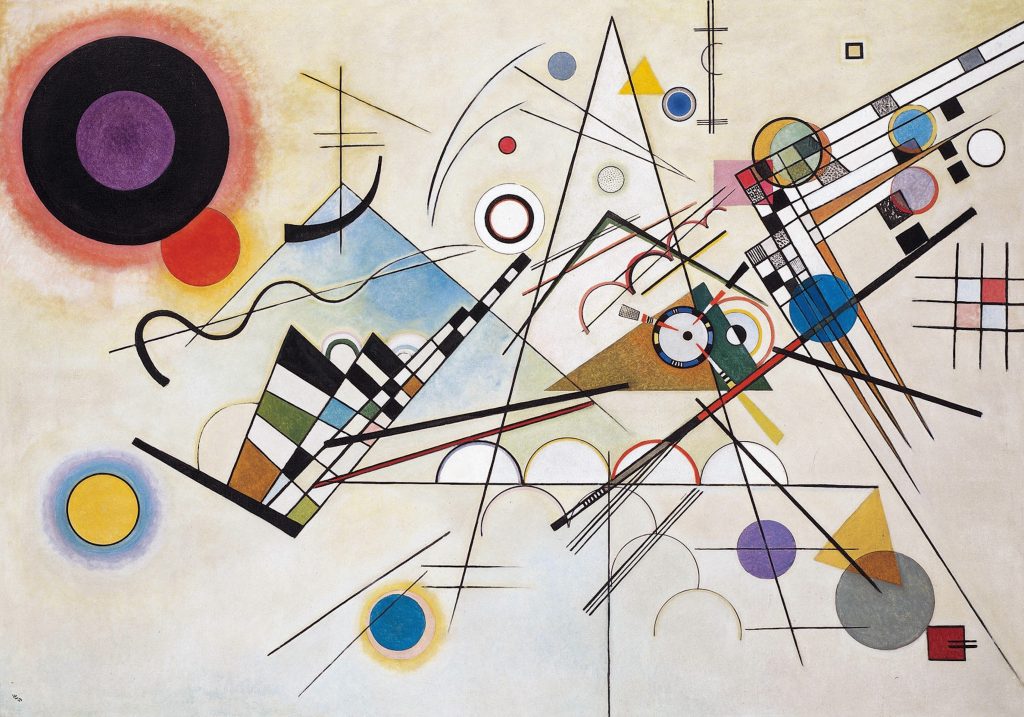
Abstract art is art that does not attempt to represent an accurate depiction of a visual reality but instead use shapes, colours, forms and gestural marks to achieve its effect.
Strictly speaking, the word abstract means to separate or withdraw something from something else.
The term can be applied to art that is based on an object, figure or landscape, where forms have been simplified or schematised.
It is also applied to art that uses forms, such as geometric shapes or gestural marks, which have no source at all in an external visual reality. Some artists of this ‘pure’ abstraction have preferred terms such as concrete art or non-objective art, but in practice the word abstract is used across the board and the distinction between the two is not always obvious.
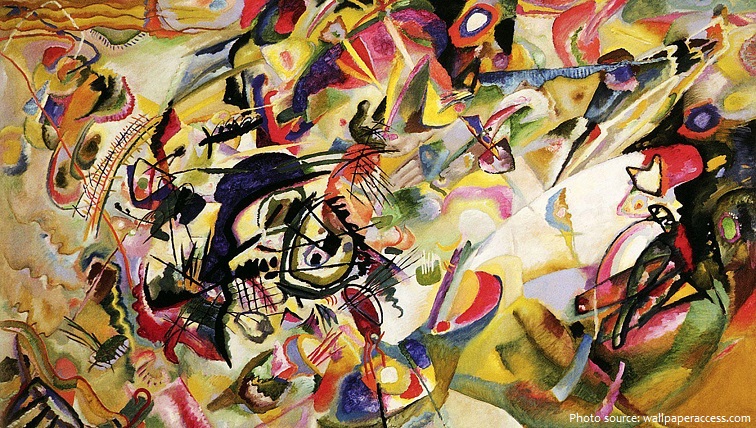
Abstract art is still a relatively new but well-established style of modern and contemporary art. Abstraction in artwork is a departure from reality or an attempt to document a scene or object in art.
Abstract art in its strictest sense has its origins in the 19th century. The period characterized by so vast a body of elaborately representational art produced for the sake of illustrating anecdote also produced a number of painters who examined the mechanism of light and visual perception.
The period of Romanticism had put forward ideas about art that denied classicism’s emphasis on imitation and idealization and had instead stressed the role of imagination and of the unconscious as the essential creative factors. Gradually many painters of this period began to accept the new freedom and the new responsibilities implied in the coalescence of these attitudes. Maurice Denis’s statement of 1890, “It should be remembered that a picture—before being a war-horse, a nude, or an anecdote of some sort—is essentially a flat surface covered with colours assembled in a certain order,” summarizes the feeling among the Symbolist and Post-Impressionist artists of his time.
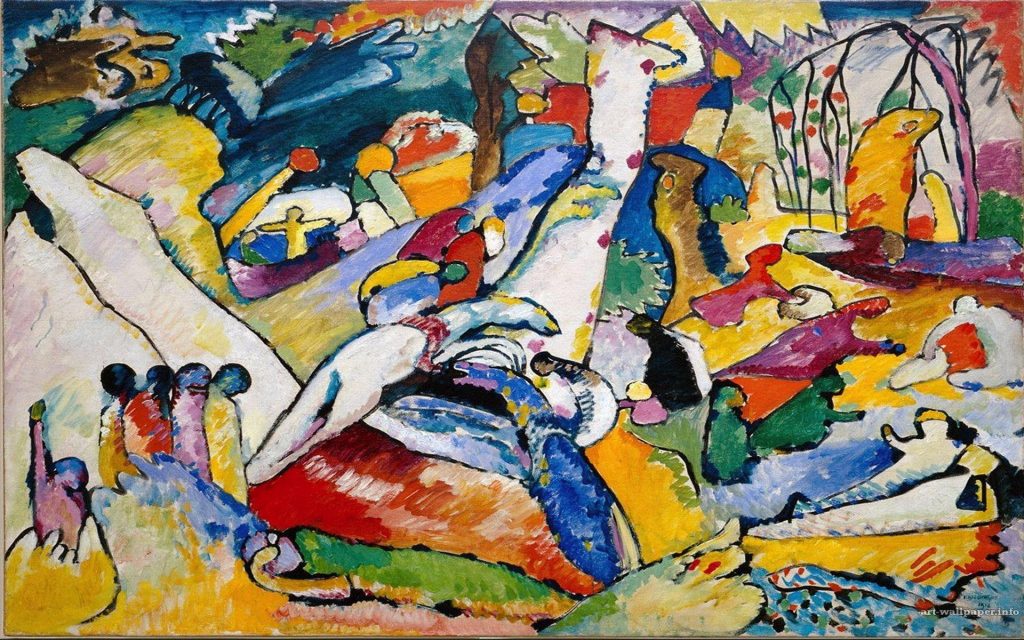
Wassily Kandinsky is generally credited as the pioneer of abstract art. He famously said, “back then not one single painter was painting in an abstract style.” His first abstract painting that propelled abstract art into the public eye was Komposition V, created in 1911.
However, a lesser-known Swedish painter, Hilma af Klint, is thought to have preceded Kandinsky, producing her first abstract painting in Stockholm in 1906 – five years earlier. Her futuristic works were radical for their time, with biomorphic (reminiscent of nature) and geometric shapes occupying intensely bold backgrounds.
There were two golden periods of abstract art: the first one between 1912 and 1925 – the second one between 1947 and 1970. What is in common for these periods? The Great Depression of the 1920s and 1930s, the First World War, and the horrors of the Second World War. In these periods, the artists found it quite difficult to “realistically” represent all sufferings humans experienced during the wars and economic crisis. Because of that, they had a feeling that they had to discover a diverse range of new voices that communicated emotion, memory, inner strength, and spiritual beliefs. Or as Adorno put it: “There can be no poetry after Auschwitz”, implicating that there can be no (realistic) art after Auschwitz.

Abstract art now lives in the art world in many forms. It is two- and three-dimensional. It can be vast or small. Abstract art can also be made with many materials and on many surfaces. It can be used in concert with representational art or completely abstract. Artists creating it often focus on other visual qualities like color, form, texture, scale and more in their nonobjective work.
Digital art, hard-edge painting, geometric abstraction, minimalism, lyrical abstraction, op art, abstract expressionism, color field painting, monochrome painting, assemblage, neo-Dada, shaped canvas painting, are a few directions relating to abstraction in the second half of the 20th century.
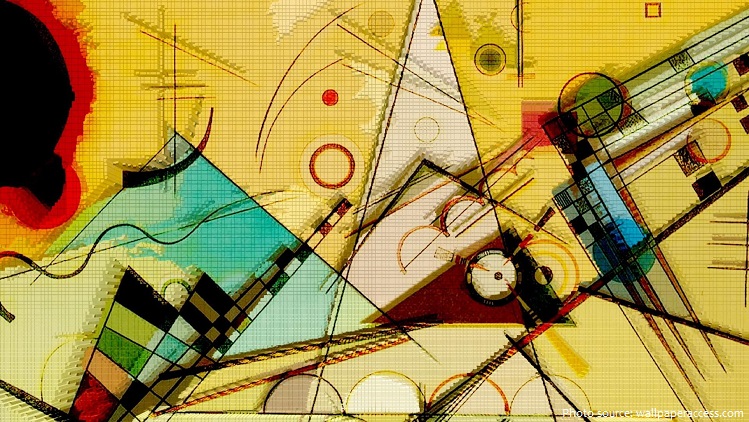
To date, the most expensive painting ever sold is an abstract landscape by Willem de Kooning called Interchange, which sold for $300 Million in 2015. The painting fetched that record-breaking price in a private sale to the Chicago hedge fund manager Kenneth C. Griffin, as part of a $500 Million package that included the painting Number 17A by Jackson Pollock. What made Interchange so valuable? It might have something to do with its unique story, and the connections it has with some of the most fascinating names in modern American history.
We trace the origins of the word abstract to the combination of the Latin roots ab-, a prefix meaning “from” or “away,” with the verb trahere, meaning “to pull” or “to draw.” The result was the Latin verb abstrahere, which meant “to remove forcibly” or “to drag away.” Its past participle abstractus had the meanings “removed,” “secluded,” “incorporeal,” and, ultimately, “summarized,” meanings which came to English from Medieval Latin.
